Home>Gardening & Outdoor>Outdoor Entertaining>What Type Of Wood For An Ooni Pizza Oven
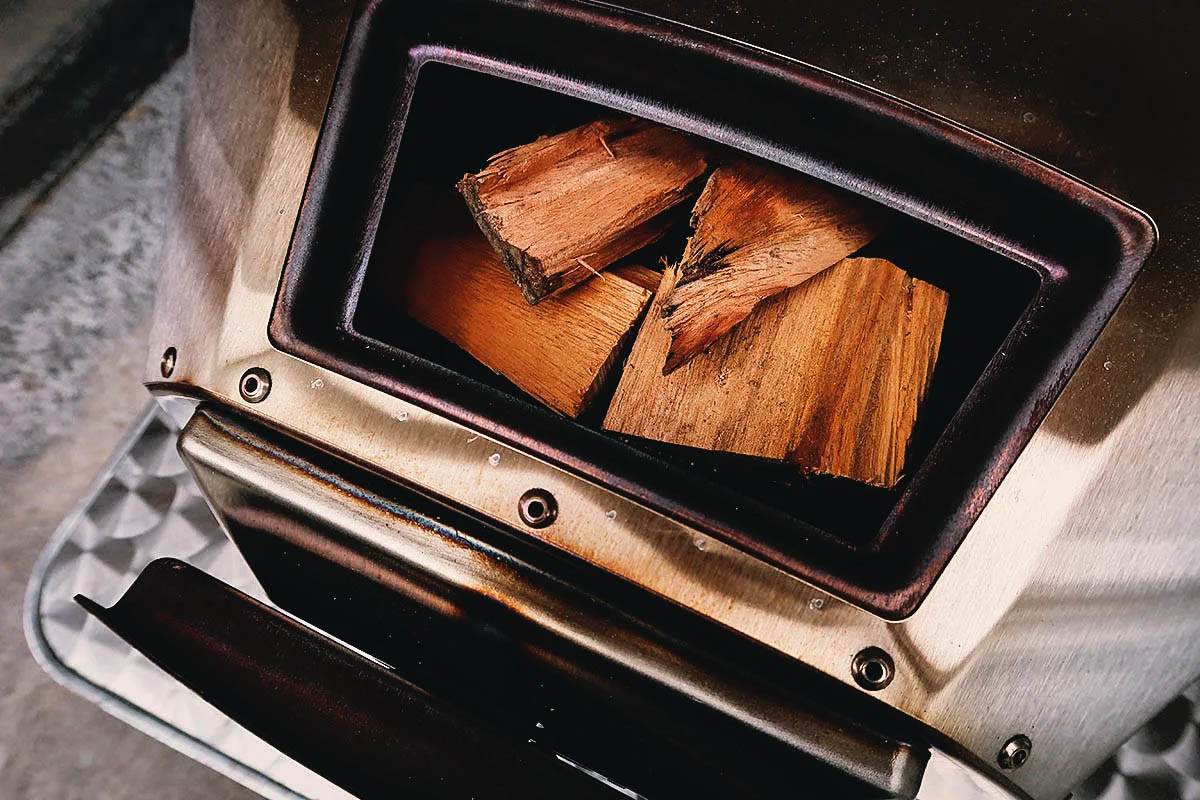

Outdoor Entertaining
What Type Of Wood For An Ooni Pizza Oven
Modified: January 3, 2024
Discover the best type of wood for your Ooni pizza oven and elevate your outdoor entertaining experience. Learn which wood fuels the perfect flame for delicious wood-fired pizza.
(Many of the links in this article redirect to a specific reviewed product. Your purchase of these products through affiliate links helps to generate commission for Storables.com, at no extra cost. Learn more)
Introduction
Welcome to the world of outdoor pizza-making with an Ooni pizza oven! If you're a fan of delicious, wood-fired pizza and enjoy entertaining friends and family in your backyard, then an Ooni pizza oven is a game-changer. The Ooni pizza oven, known for its portability and ability to reach soaring temperatures, is designed to bring the authentic taste of wood-fired pizza to your outdoor gatherings.
In this article, we'll delve into the crucial role that wood plays in the operation of an Ooni pizza oven. The type of wood you choose can significantly impact the flavor, heat, and overall performance of your Ooni pizza oven. We'll explore the various types of wood that are suitable for use in an Ooni pizza oven, consider important factors when selecting wood, and provide valuable tips for optimizing your wood-fired pizza experience.
So, whether you're a seasoned Ooni pizza oven enthusiast or just embarking on your wood-fired pizza journey, join us as we uncover the secrets to selecting the perfect wood for your Ooni pizza oven and elevating your outdoor entertaining to a whole new level.
Key Takeaways:
- Choose the right wood for your Ooni pizza oven to enhance flavor and performance. Experiment with oak for robust smokiness or apple for a subtle, sweet aroma.
- Use seasoned wood, manage fire intensity, and embrace wood aromatics to create unforgettable wood-fired pizzas with your Ooni pizza oven.
Understanding the Importance of Wood Selection
When it comes to cooking with an Ooni pizza oven, the choice of wood is not merely a matter of fueling the fire. It is a crucial factor that directly influences the flavor, aroma, and overall character of your wood-fired creations. The type of wood you select can impart unique smoky notes, subtle sweetness, and a distinct wood-fired essence to your pizzas, elevating them from ordinary to extraordinary.
Furthermore, the right wood can significantly impact the performance of your Ooni pizza oven. It can affect the heat intensity, the longevity of the fire, and even the amount of residual ash produced. By understanding the characteristics of different woods and their suitability for pizza-making, you can harness the full potential of your Ooni pizza oven and craft exceptional culinary delights.
Choosing the right wood is akin to selecting the finest ingredients for a recipe. It is an art that can transform a simple dish into a gourmet experience. With the right wood, you can infuse your pizzas with a delightful smokiness and achieve the coveted crisp, charred crust that is the hallmark of authentic wood-fired pizza.
As we venture into the realm of wood selection for Ooni pizza ovens, it becomes evident that the choice of wood is not just a practical consideration; it is an integral part of the culinary journey, adding depth and complexity to the flavors that emerge from your outdoor kitchen.
Types of Wood Suitable for Ooni Pizza Ovens
When it comes to selecting wood for your Ooni pizza oven, there are several options that can impart unique flavors and aromas to your pizzas. Each type of wood has its own distinct characteristics, making it essential to choose the right one based on your flavor preferences and cooking requirements. Here are some popular types of wood suitable for Ooni pizza ovens:
- Oak: Known for its robust and smoky flavor, oak is a popular choice for wood-fired cooking. It burns hot and produces long-lasting coals, making it ideal for achieving a consistent and intense heat in your Ooni pizza oven.
- Maple: Maple wood offers a sweet and subtle smokiness, imparting a delicate flavor to your pizzas. It burns evenly and can complement a variety of toppings, making it a versatile option for wood-fired pizza enthusiasts.
- Cherry: Cherry wood adds a mild, fruity sweetness to your pizzas, enhancing the overall flavor profile. It burns well and creates a pleasant aroma, making it a popular choice for those seeking a nuanced and aromatic wood-fired experience.
- Hickory: Renowned for its bold and hearty flavor, hickory wood delivers a robust smokiness that can infuse your pizzas with a rich, savory essence. It burns hot and imparts a distinct, bacon-like aroma, adding depth to your wood-fired creations.
- Apple: Apple wood offers a delicate and slightly sweet smoke that can enhance the natural flavors of your pizza toppings. It burns evenly and imparts a mild fruity aroma, making it a favorite choice for those seeking a subtle yet distinctive wood-fired taste.
These are just a few examples of the many types of wood that can be used in Ooni pizza ovens. Experimenting with different woods can lead to delightful discoveries, allowing you to tailor the flavor profile of your pizzas to your liking. Whether you prefer a bold, smoky essence or a subtle, sweet undertone, the type of wood you choose can elevate your wood-fired pizza experience to new heights.
Use hardwoods like oak, maple, or cherry for your Ooni pizza oven. Avoid softwoods like pine or cedar, as they can create a bitter taste in your pizza.
Factors to Consider When Choosing Wood
When selecting wood for your Ooni pizza oven, several important factors should guide your decision to ensure optimal performance and flavor enhancement. Consider the following key factors when choosing wood for your wood-fired cooking adventures:
- Flavor Profile: Different types of wood impart distinct flavors to your pizzas. Consider the flavor profile you wish to achieve, whether it’s a robust smokiness, a subtle sweetness, or a fruity aroma. Select wood that aligns with your desired flavor profile to enhance the overall taste of your wood-fired creations.
- Burn Characteristics: Evaluate the burn characteristics of the wood, including its heat intensity, longevity, and ability to produce consistent heat. Some woods burn hot and create long-lasting coals, while others offer a more moderate heat output. Understanding these characteristics can help you maintain the ideal cooking temperature in your Ooni pizza oven.
- Availability: Consider the accessibility of different types of wood in your area. Opt for wood that is readily available to ensure a convenient and consistent supply for your wood-fired cooking endeavors.
- Residual Ash: Take into account the amount of residual ash produced by the wood. While some woods leave minimal ash, others may generate more residue. Managing ash buildup is essential for maintaining a clean cooking environment and optimizing the performance of your Ooni pizza oven.
- Aroma: The aroma produced by the burning wood can greatly enhance the sensory experience of wood-fired cooking. Choose wood that emits pleasant and complementary aromas to add an extra dimension to your outdoor culinary adventures.
By considering these factors, you can make informed decisions when selecting wood for your Ooni pizza oven, ensuring that your wood-fired pizzas are infused with delightful flavors and cooked to perfection. Understanding the unique characteristics of different woods empowers you to tailor your wood-fired cooking experience to suit your preferences and culinary aspirations.
Tips for Using Wood in an Ooni Pizza Oven
Mastering the art of using wood in your Ooni pizza oven is essential for achieving exceptional results and creating memorable wood-fired pizzas. Here are some valuable tips to enhance your wood-fired cooking experience:
- Use Seasoned Wood: Prioritize seasoned or well-dried wood for your Ooni pizza oven. Seasoned wood burns more efficiently, produces less smoke, and generates consistent heat, allowing you to achieve optimal cooking temperatures for your pizzas.
- Experiment with Wood Blends: Explore the possibilities of using wood blends to customize the flavor profile of your pizzas. Combining different types of wood can create unique and complex flavor profiles, adding depth and richness to your wood-fired creations.
- Preheat the Oven with the Right Wood: Choose wood that aligns with your desired cooking temperature and flavor profile when preheating your Ooni pizza oven. This sets the stage for infusing your pizzas with the perfect balance of smokiness and heat, enhancing their overall character.
- Manage Fire Intensity: Control the intensity of the fire by adjusting the amount of wood and airflow in your Ooni pizza oven. Achieving the ideal balance of heat and smoke is key to crafting pizzas with beautifully charred crusts and delectable wood-fired flavors.
- Monitor Wood Placement: Position the wood strategically within the oven to maintain a steady and even burn. Proper wood placement ensures consistent heat distribution, allowing your pizzas to cook evenly and attain the desired texture and flavor.
- Embrace Wood Aromatics: Embrace the aromatic qualities of the wood as it burns, as it can impart delightful scents to your pizzas. The subtle nuances of wood aromatics can elevate the sensory experience of wood-fired cooking, delighting both the palate and the olfactory senses.
- Practice Patience: Allow the wood-fired oven to work its magic at a steady pace. Patience is key when cooking with wood, as it rewards you with pizzas imbued with rich, smoky flavors and a tantalizing aroma that captivates the senses.
By incorporating these tips into your wood-fired pizza-making endeavors, you can harness the full potential of your Ooni pizza oven and create pizzas that are imbued with the authentic essence of wood-fired cooking. From fine-tuning the flavor profile to mastering the art of fire management, these tips pave the way for a truly immersive and rewarding wood-fired culinary journey.
Read more: What Is The Best Ooni Pizza Oven
Conclusion
Congratulations! You have embarked on a flavorful and captivating journey into the world of wood-fired pizza making with your Ooni pizza oven. By understanding the significance of wood selection and its impact on the flavor, aroma, and performance of your Ooni pizza oven, you are well-equipped to elevate your outdoor entertaining experiences to new heights.
As you explore the diverse types of wood suitable for Ooni pizza ovens, remember that each variety offers a unique opportunity to infuse your pizzas with distinct characteristics, from robust smokiness to delicate sweetness. Embracing the art of wood selection empowers you to tailor the flavor profile of your pizzas, transforming them into culinary masterpieces that delight the senses.
Consider the essential factors when choosing wood, from flavor profiles and burn characteristics to availability and residual ash. By taking these factors into account, you can make informed decisions that optimize the performance of your Ooni pizza oven and enhance the overall wood-fired cooking experience.
Implementing the tips for using wood in your Ooni pizza oven allows you to fine-tune your wood-fired pizza-making skills, from preheating the oven with the right wood to managing fire intensity and embracing the aromatic qualities of the burning wood. These tips serve as invaluable guides as you craft pizzas that embody the authentic essence of wood-fired cooking.
With each wood-fired creation that emerges from your Ooni pizza oven, you have the opportunity to captivate your guests with the irresistible allure of smoky, charred crusts and delectable wood-fired flavors. Embrace the artistry of wood selection and the transformative power of wood-fired cooking, and savor the joy of creating exceptional pizzas that leave a lasting impression.
So, fire up your Ooni pizza oven, select the perfect wood, and let the enchanting aroma of wood-fired pizza-making transport you to a realm of culinary delight. With the right wood at your disposal, your outdoor entertaining endeavors are destined to become unforgettable gatherings filled with the irresistible allure of wood-fired pizza perfection.
Frequently Asked Questions about What Type Of Wood For An Ooni Pizza Oven
Was this page helpful?
At Storables.com, we guarantee accurate and reliable information. Our content, validated by Expert Board Contributors, is crafted following stringent Editorial Policies. We're committed to providing you with well-researched, expert-backed insights for all your informational needs.
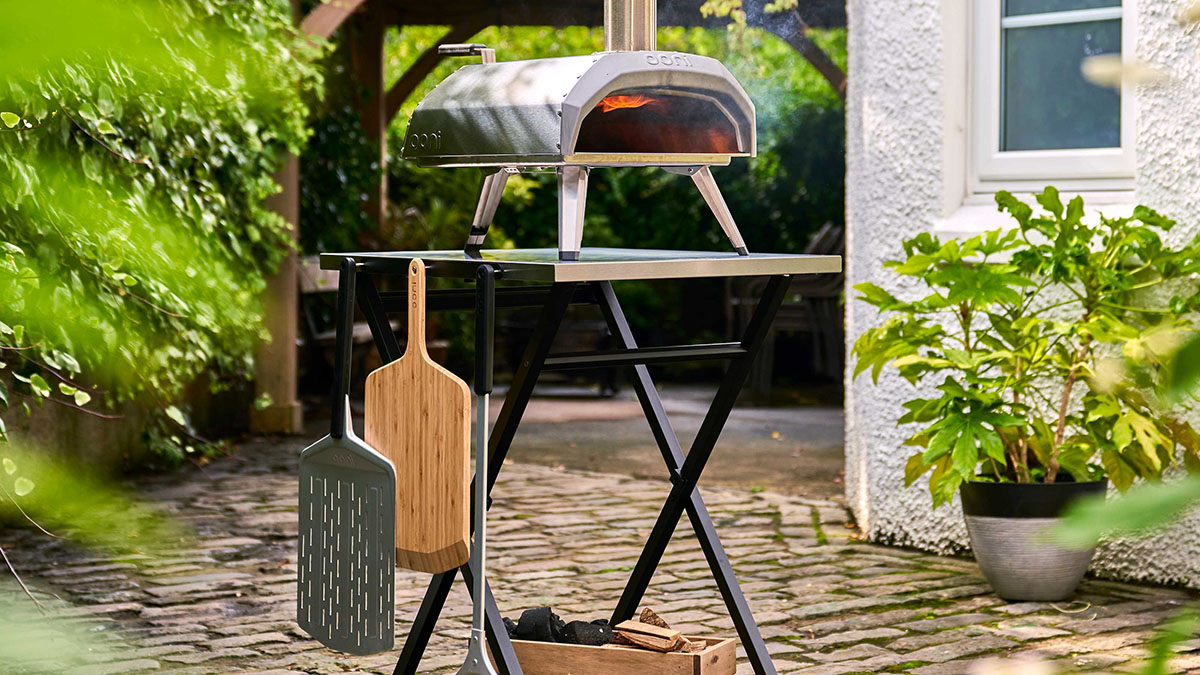
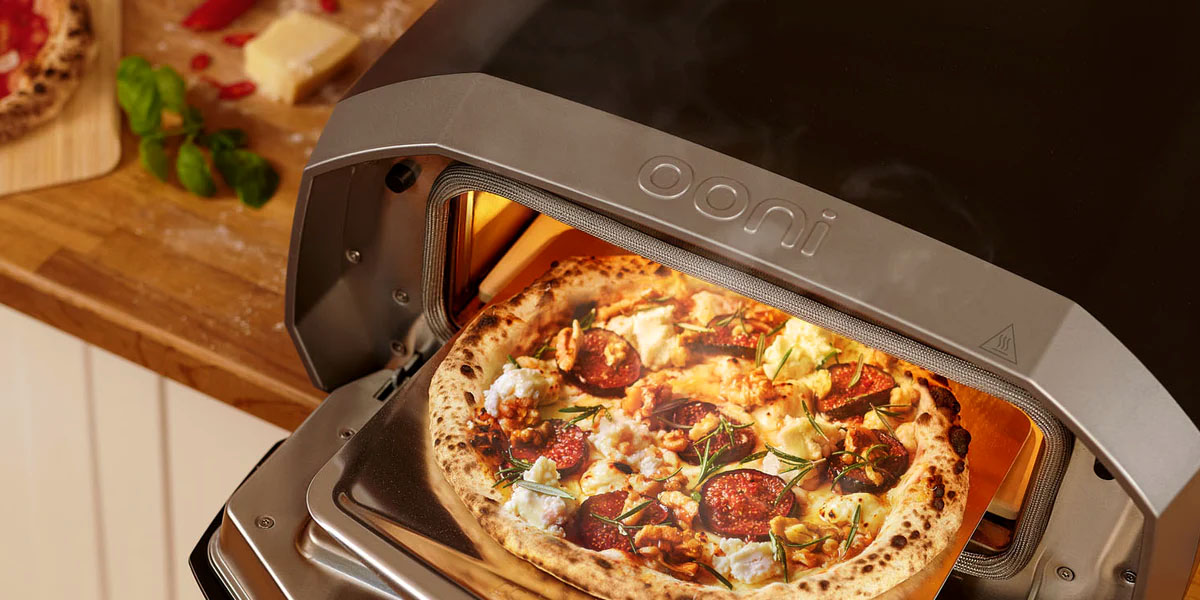
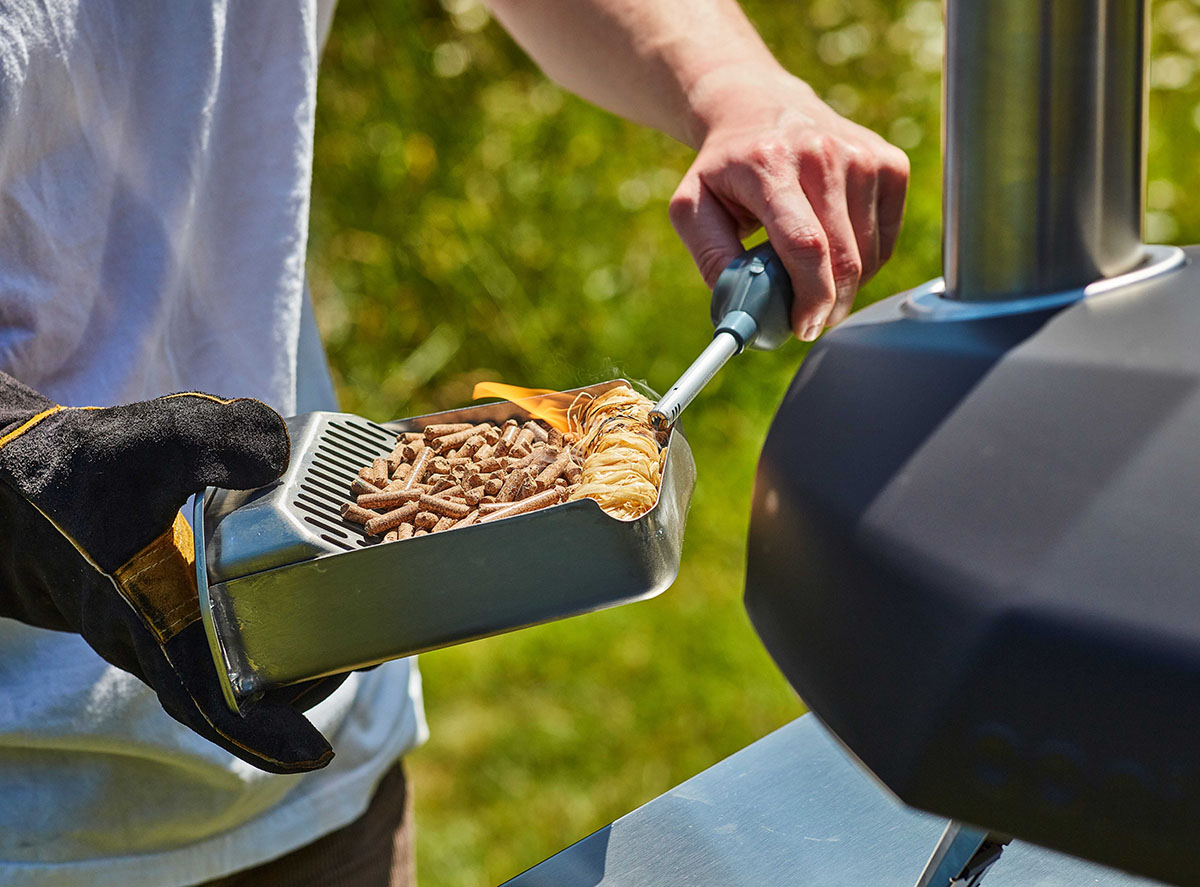
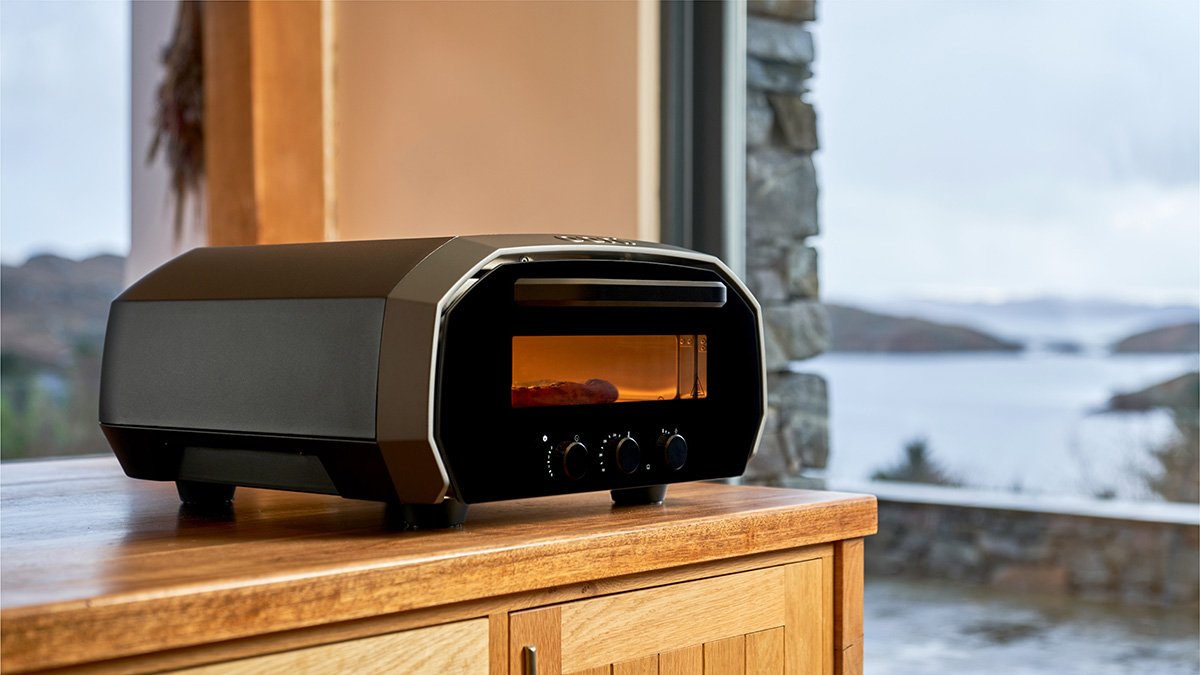
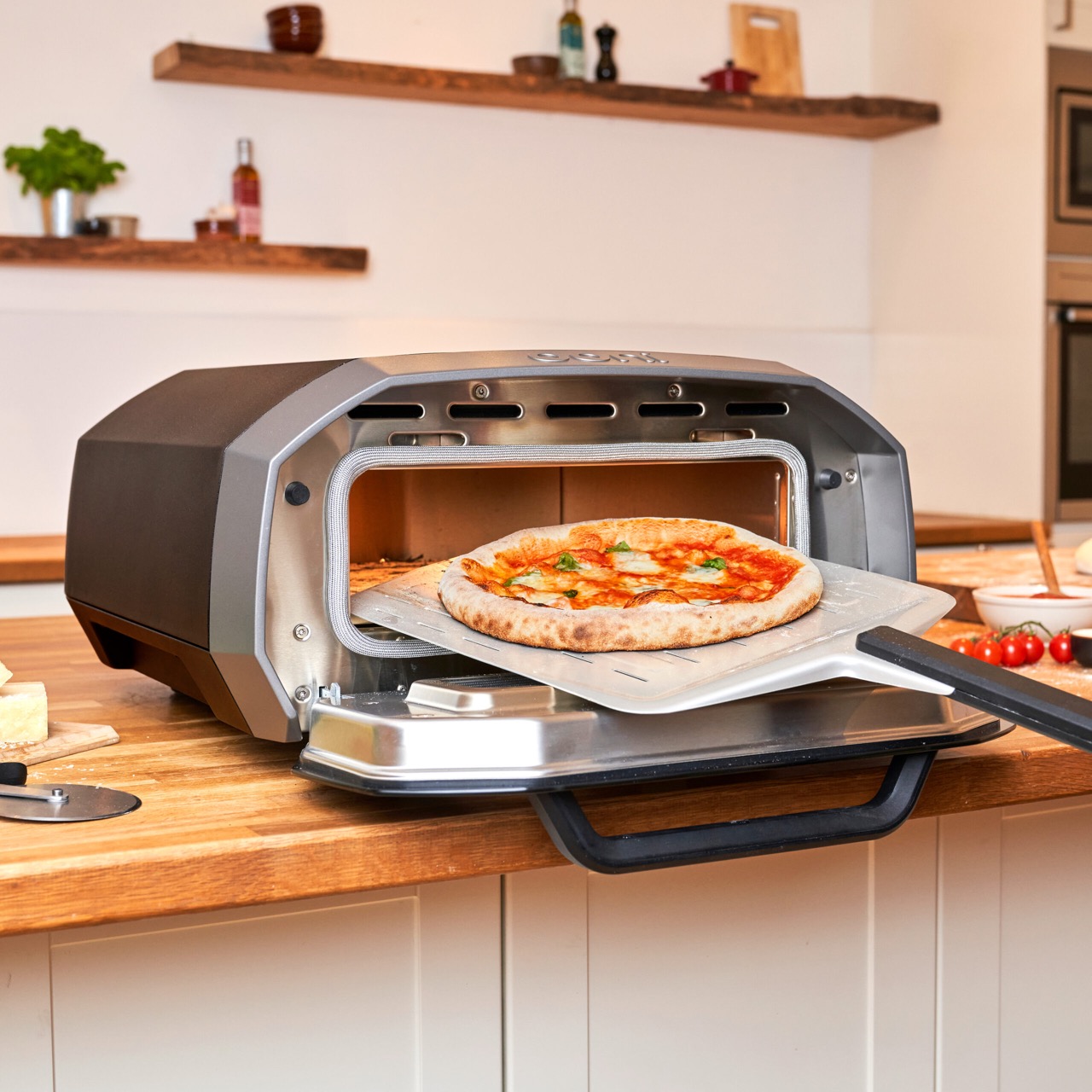
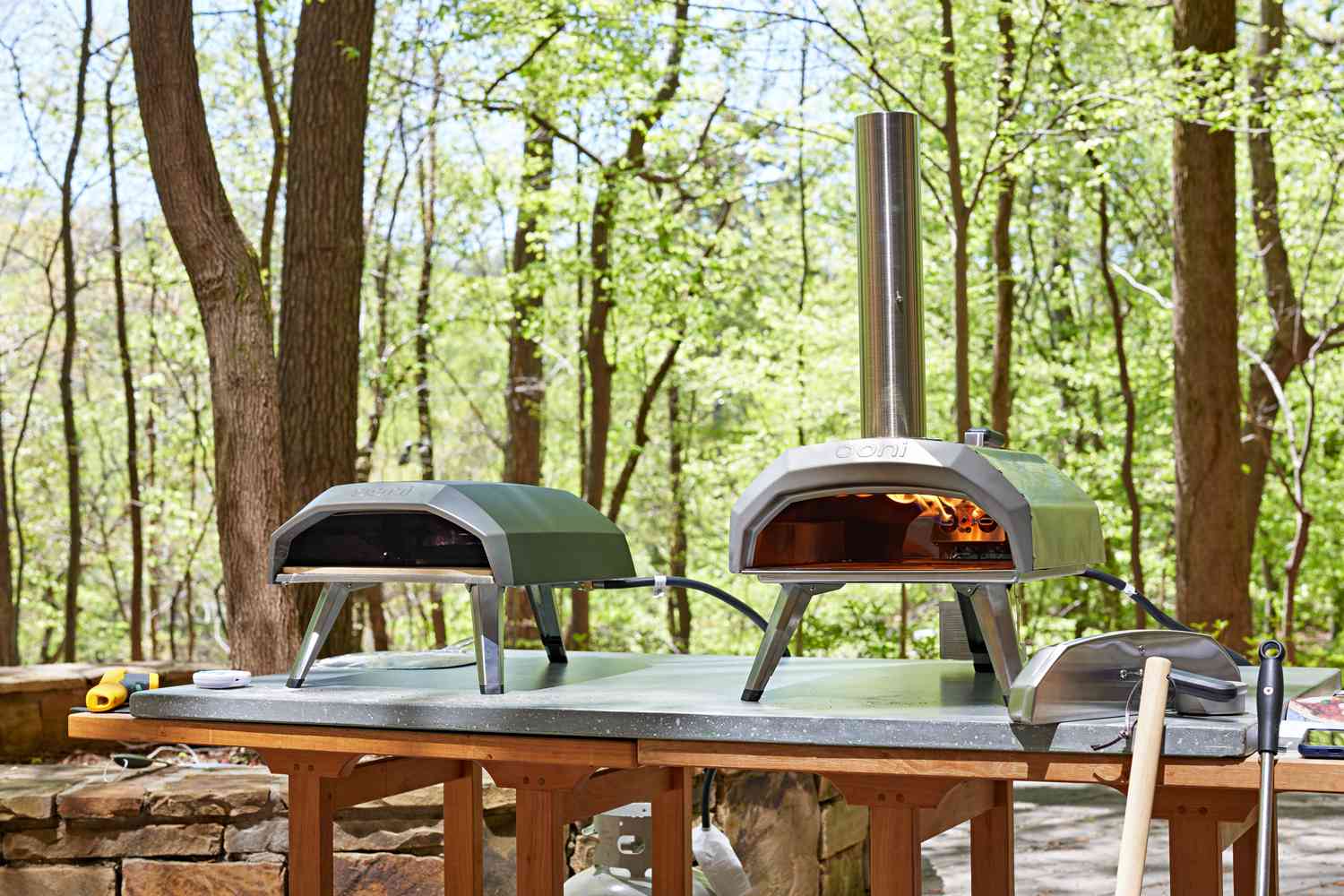
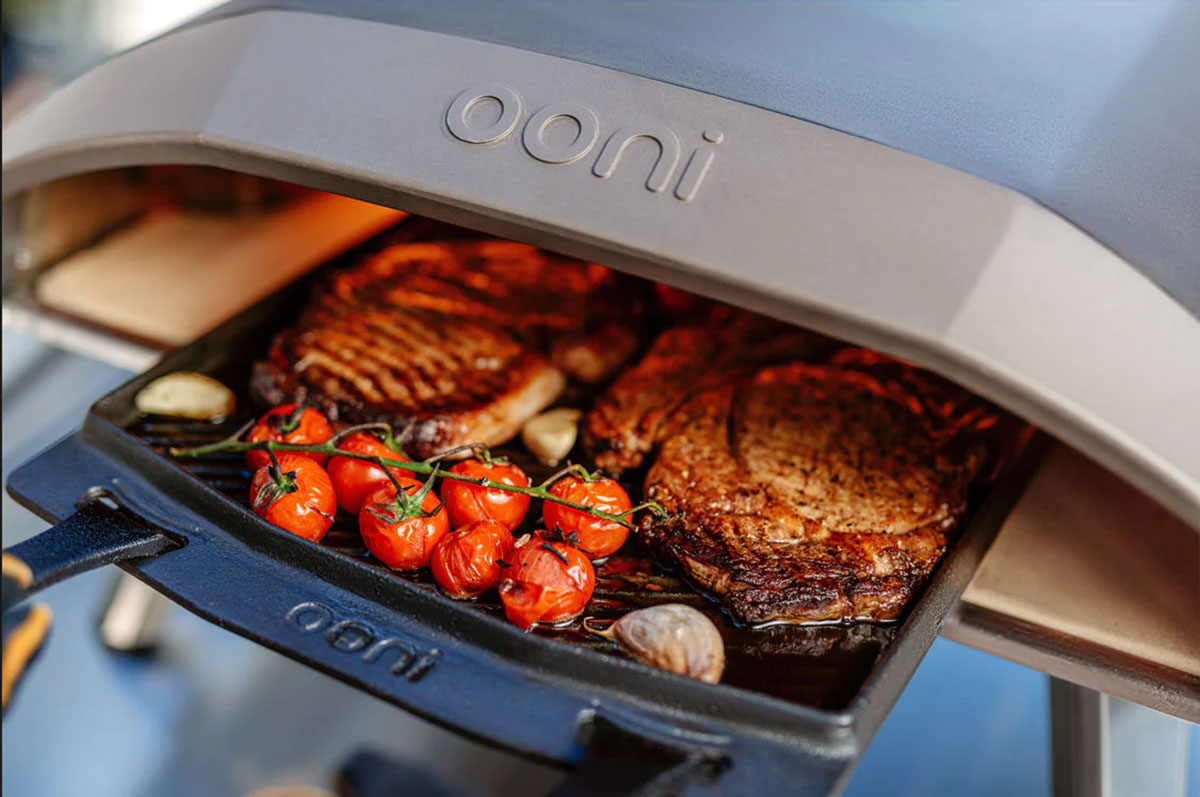
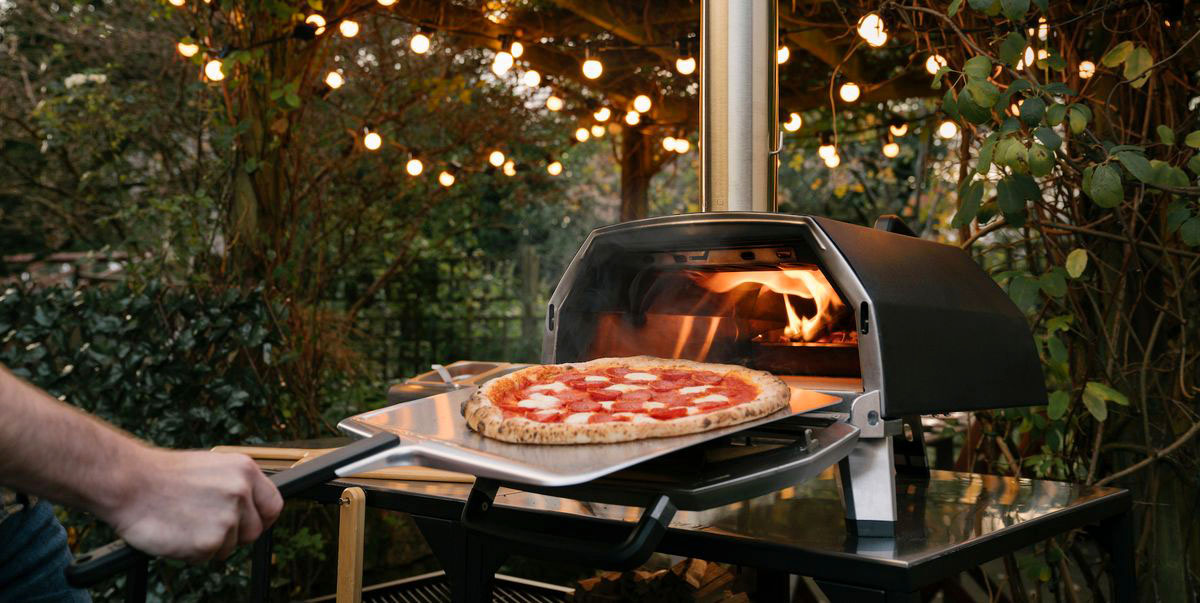
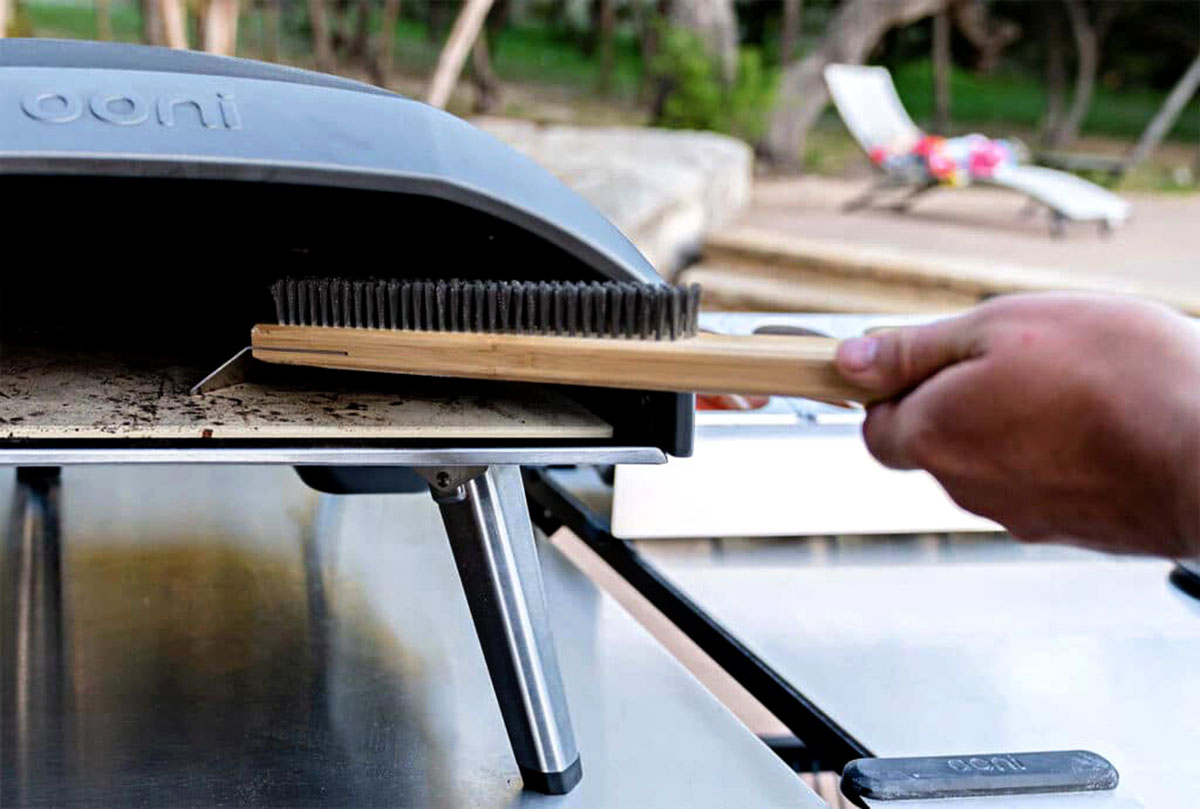
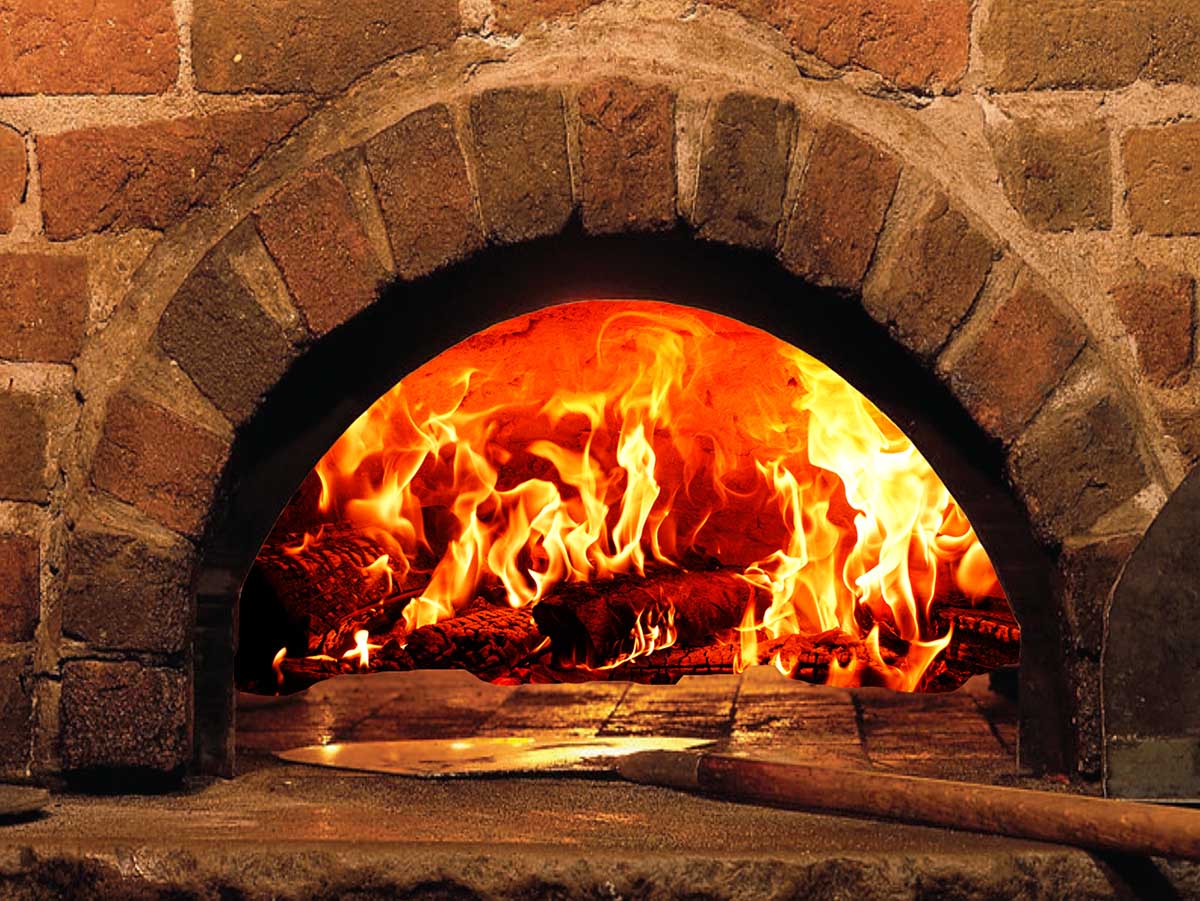
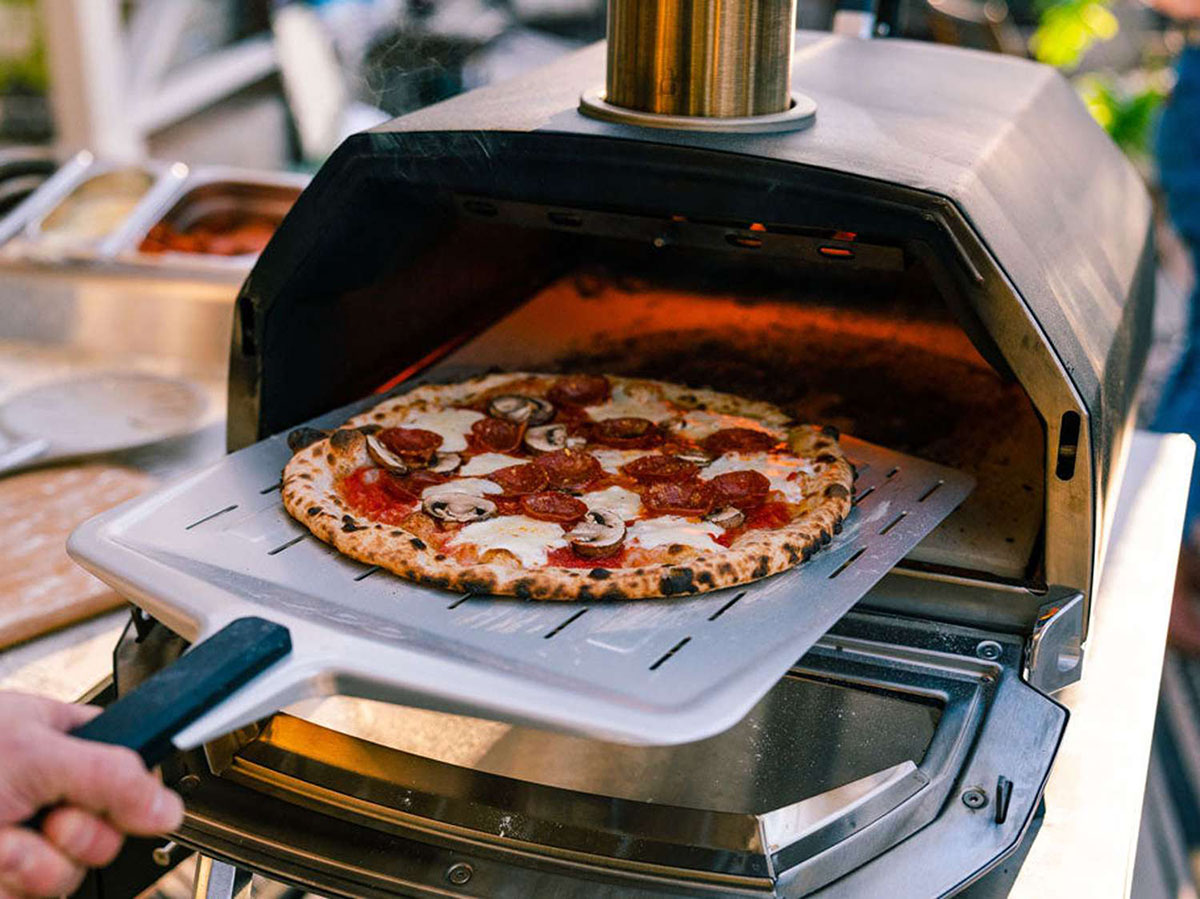
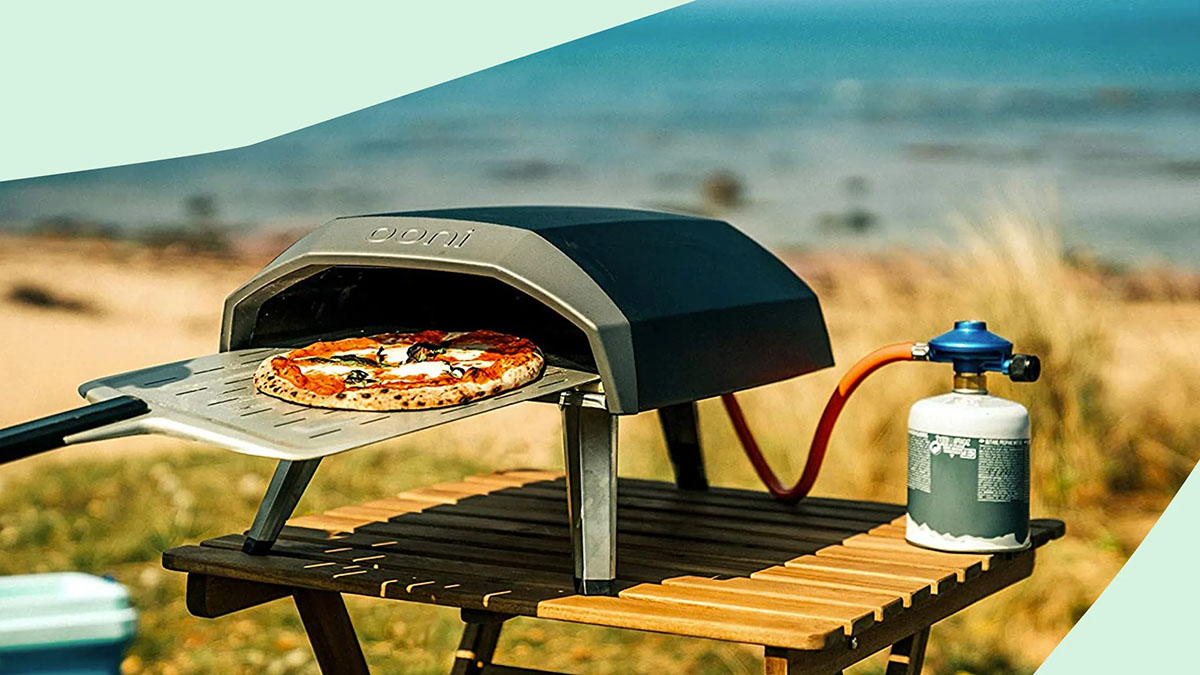
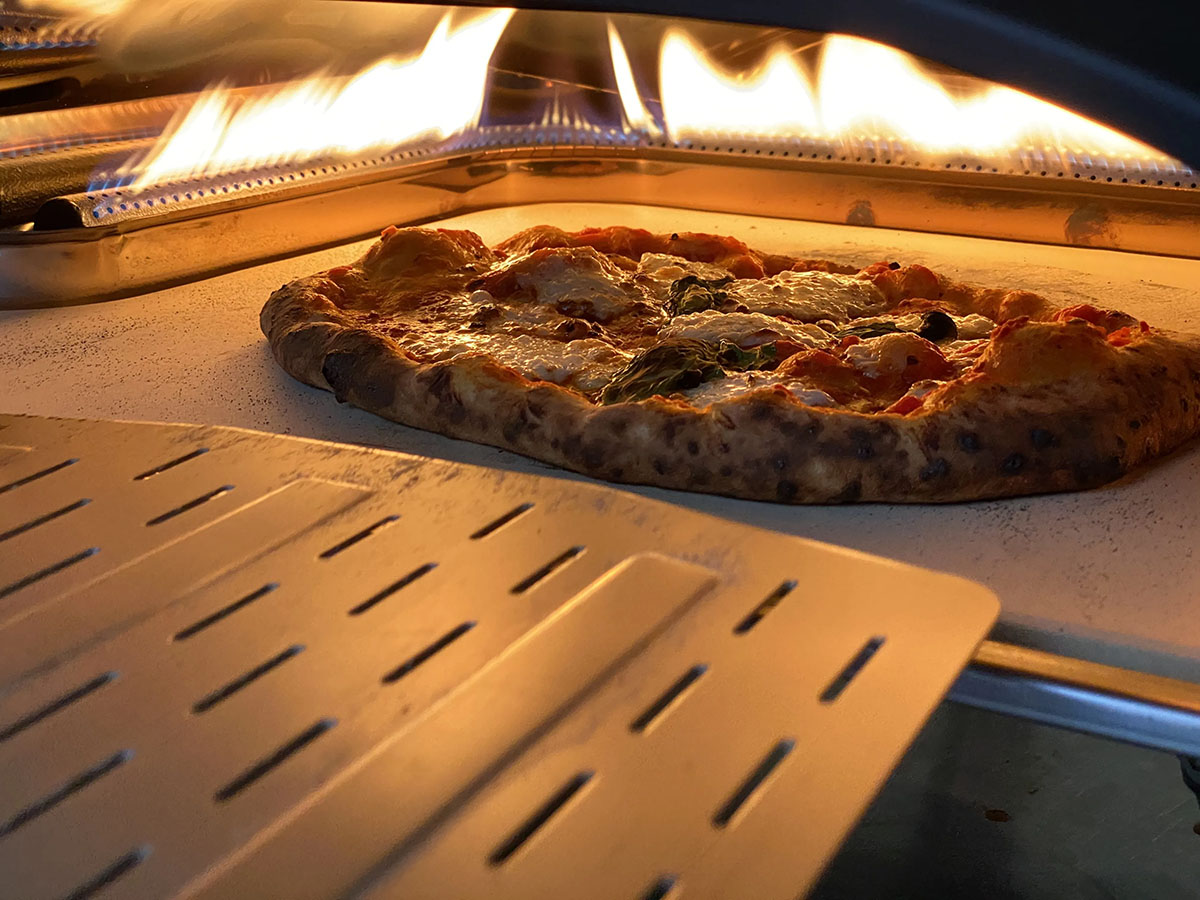
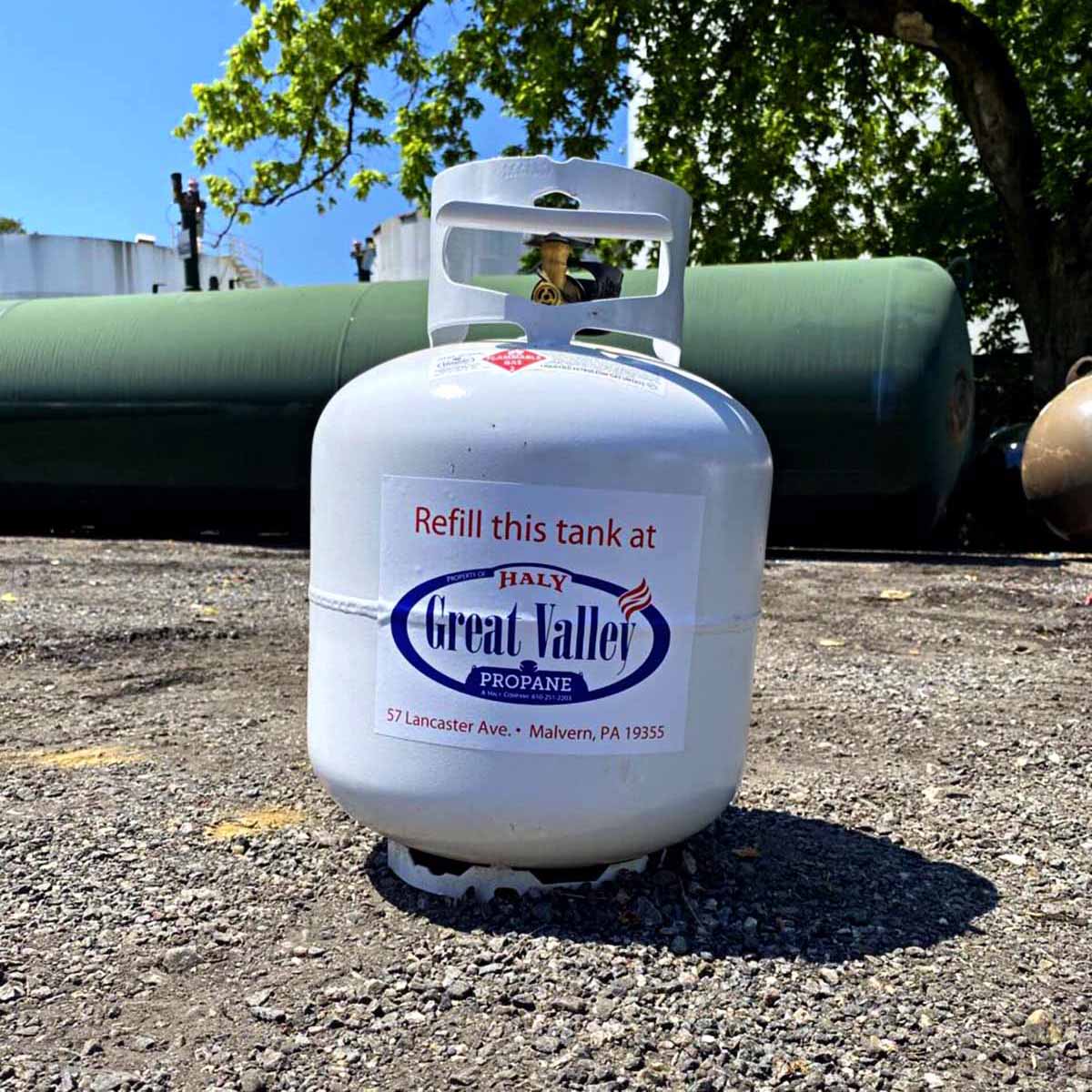

0 thoughts on “What Type Of Wood For An Ooni Pizza Oven”